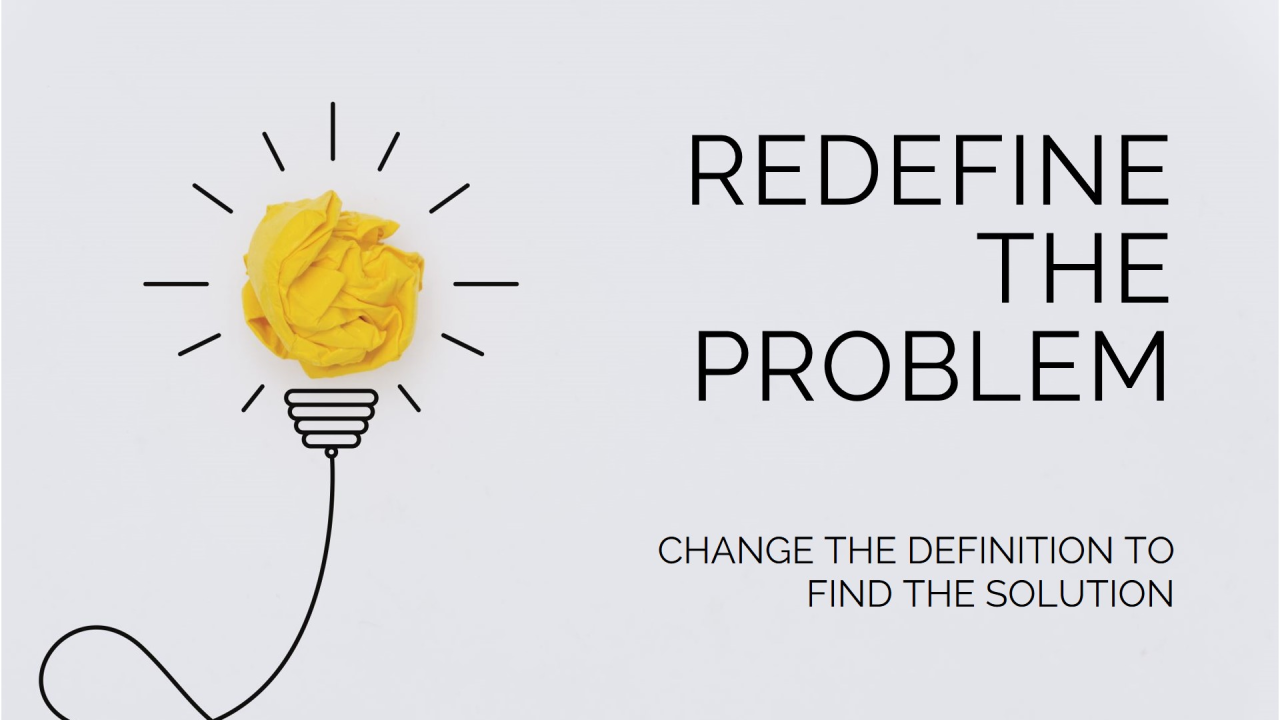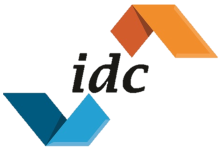Creating an Inclusive Work Culture in a Remote Setting
Diversity, equity, and inclusion (DEI) has become a key focus for businesses, and rightly so. Business leaders have an ethical duty to ensure not only that they offer equal opportunities to people of all backgrounds, but also that employees feel genuinely supported by the company. Not to mention that businesses tend to gain from the varied perspectives and skills a diverse workforce provides.
One of the tools businesses are using is providing the opportunity for remote working. Studies have already begun to show that empowering employees to work from home can boost the diversity of the workforce. Yet, such methods can only be sustainable if the remote environment itself has high inclusion standards.
Recognize the Challenges
Among the key elements that hamper an inclusive remote working culture is a lack of understanding of the challenges. Too often, there’s an assumption that the included components in physical and virtual environments are the same. In reality, remote operations have a distinct set of hurdles that need to be overcome. Gaining knowledge here is essential for addressing them effectively.
There are certainly some common inclusion issues most remote teams face. This includes a sense of not belonging, particularly if there is a hybrid situation where most workers are in the office. In large remote teams, there can be a struggle to ensure each member is recognized as an individual, rewarded for their efforts, and have their unique needs met. Effective communication standards that make certain all voices are heard can also be missing from virtual teams.
However, it’s important to remember that there will also be inclusion issues unique to each team. This means you need to make regular efforts to seek feedback on the matter. Provide anonymous feedback channels where possible. Invite individual members to provide their insights during catch-ups. Make certain you follow up on any issues.
Encourage Interactions
Remote working has a reputation for being naturally more inclusive. However, in reality, this depends on intentional efforts to ensure workers feel included. Among other health risks, it’s not unusual for employees to feel even more isolated from their peers when working from home. The result of this can include significant mental health challenges, such as depression and anxiety. This is especially problematic when workers have mobility difficulties or neurodivergent traits that may already lead them to feel isolated.
Your first step is to ensure there are regular team meetups. This should include both formal weekly catch-ups on work topics and casual hangouts. Particularly when it comes to casual meetings, ensure that you change the types of activities you engage in each time. This helps confirm that everyone’s interests can be catered for. Indeed, it can be smart to rotate choosing activities among all team members.
It’s also important to provide channels for casual chat. This could include a group chat room on your communications platform as well as the ability for employees to hang out on a video call together while they work. This helps to replicate the social elements of the office and mitigate the potential for isolation.
Be Flexible
One of the cornerstones of inclusive and diverse workplaces is flexibility. Everyone has different needs and it’s important to meet these demands wherever possible. Remote working in itself is often considered a tool for boosting flexibility in the workplace. Nevertheless, a truly inclusive remote team still offers components of adaptability within its operations.
Aim to be more open on scheduling. This can be particularly important for parents, those with family members they need to care for, and workers who regularly need to attend other appointments. Wherever possible, don’t require workers to give their reasons for needing alternative schedules. This not only protects their privacy, but also suggests you won’t be making judgments on what constitutes a valid reason for flexibility. Inclusion means flexible schedules are equally available to everyone.
It’s also wise to be flexible about how your remote workers approach their tasks on a day-to-day basis. Each worker operates from an independent perspective with their own effective methods and practices. From the outset, be open to giving them the freedom to apply the techniques that suit them. If productivity or quality issues are resulting from this, approach it as a problem to solve together.
Conclusion
Remote working is considered a more inclusive approach to work, but this isn’t always a given. You need to be intentional in your efforts to develop operations that are supportive of everyone, no matter what their needs or challenges are. This involves gaining a thorough understanding of the barriers to inclusivity your remote staff faces. It’s also important to take steps to mitigate isolation with meetings and chat channels. Remember that being open to flexibility helps make certain your remote team members can attend to their individual needs while maintaining productivity. With a commitment to gaining regular feedback and making changes, your company is more likely to build inclusive remote working environments.
Share This Article!
Disclaimer: Content on this blog is authored by multiple sources. While we do make every attempt to proofread and fact-check, unless authored our staff, the views expressed do not necessarily reflect those of the Institute for Diversity Certification (IDC), Inc.
More Insightful DEIA Blogs











Share On: